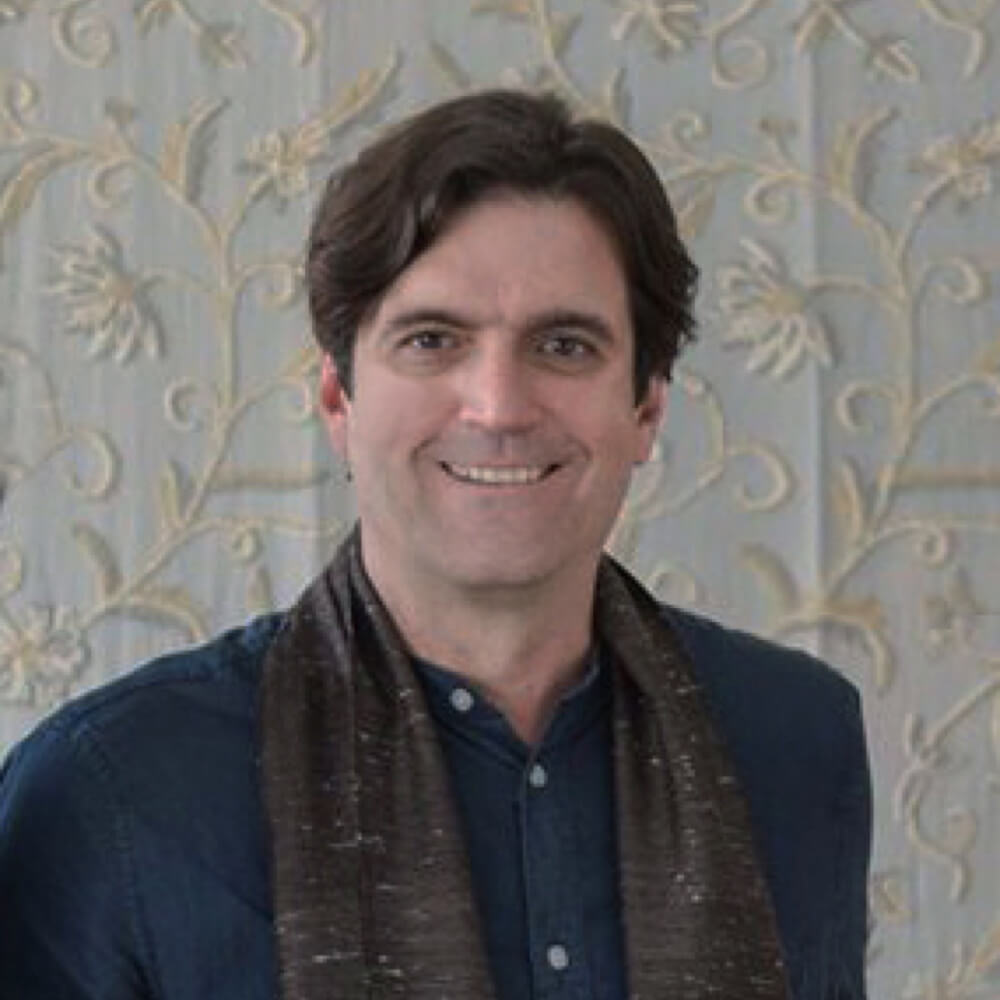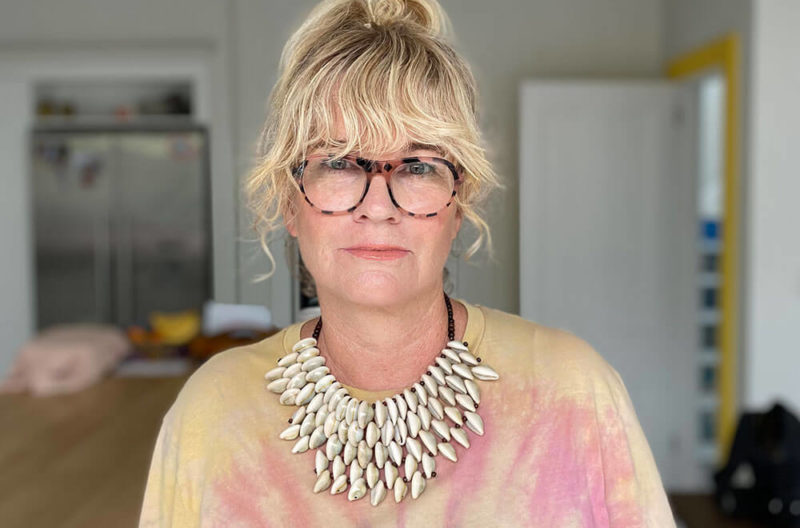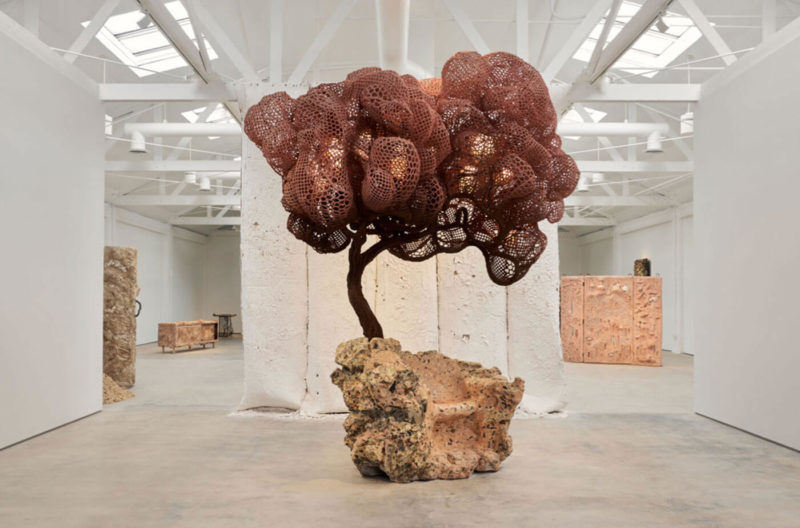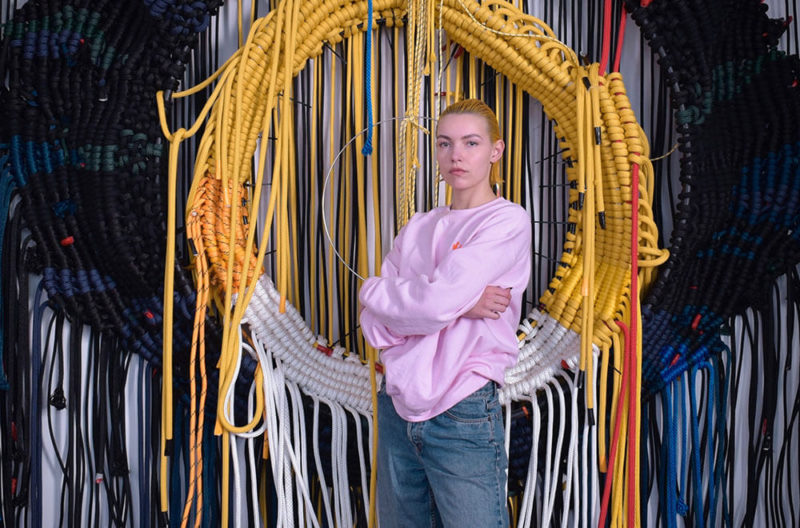Doris Salcedo
A poetic new show from the Colombian artist who focuses on memory and gives society "tools for mourning".
Glenstone Museum, Potomac, Maryland, USA
Until end of 2022

Doris Salcedo, exhibition view, Glenstone Museum, 2022
COURTESY: Doris Salcedo & Glenstone Museum
CONCEPTUAL FURNITURE DESIGN often seems to confront designers with the question of whether their output is design or art. Artists, on the other hand, are given total freedom to create or appropriate furniture as a means of expression, without any concerns as to its function.
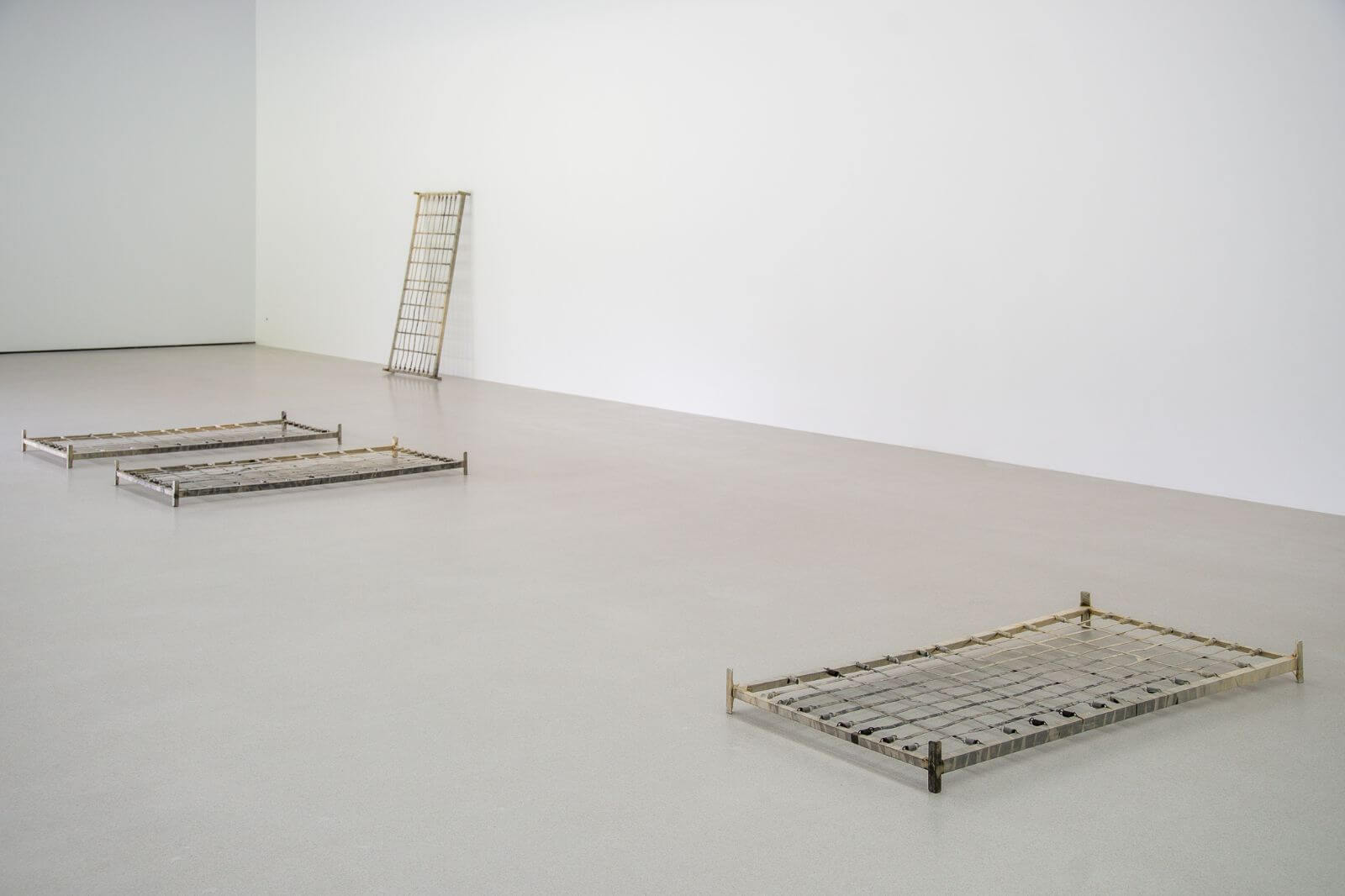
Doris Salcedo, ‘Untitled’ (detail), 1989 -1990/2013
COURTESY: Doris Salcedo & Glenstone Museum
Acclaimed Colombian artist Doris Salcedo, known for her ability to unleash the poetic quality of objects, so they transcend their ordinary use, creates furniture interventions that foreground the human story behind the works’ prosaic function. Her work is currently on view in her eponymous exhibition ‘Doris Salcedo’ at the Glenstone Museum, in Potomac, Maryland.
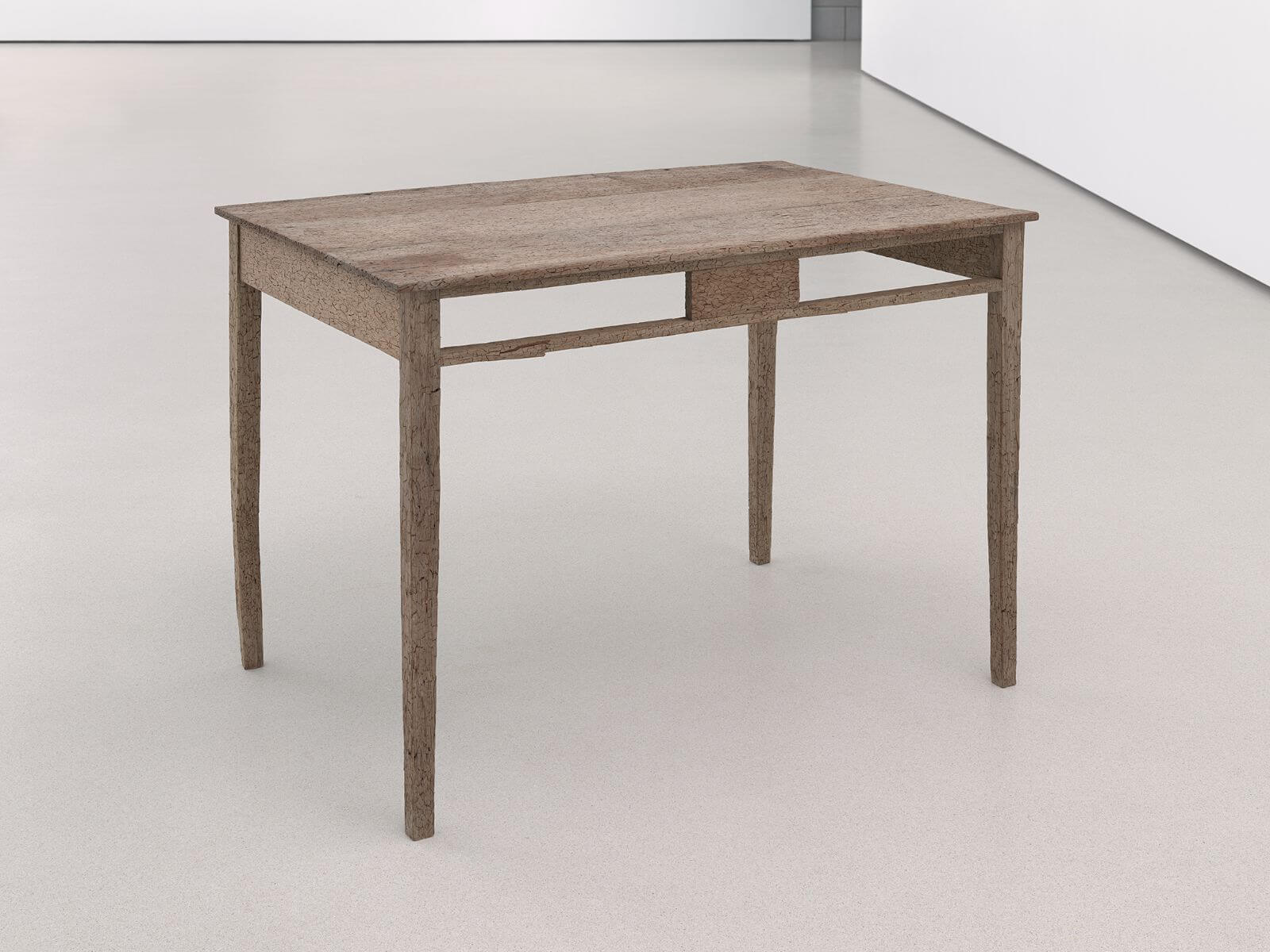
Doris Salcedo,‘Tabula Rasa II’, 2018
COURTESY: Doris Salcedo & Glenstone Museum / PHOTOGRAPH: Ron Amstutz
Focusing on issues of memory as they relate to human suffering and trauma, Salcedo sees her work as “giving society tools for mourning”, as creations that allow for some sense of comfort in shared grief. As she says, “Art can’t explain things, but art can at least expose them”. Her research involves direct contact with the victims and survivors of violence, after which she applies her own sensibility to re-interpret related objects.
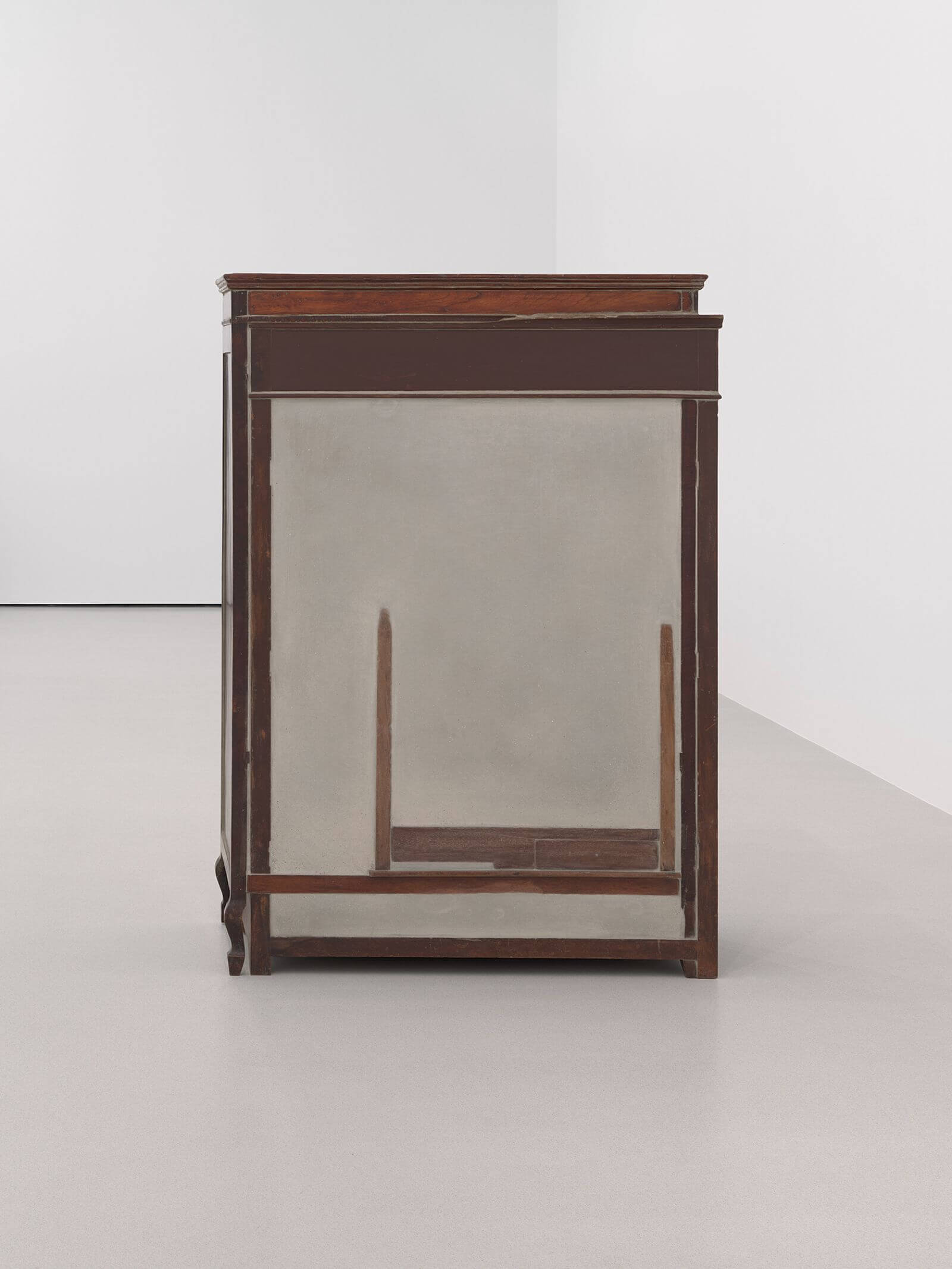
Doris Salcedo, ‘Untitled’, 1998
COURTESY: Doris Salcedo & Glenstone Museum / PHOTOGRAPH: Ron Amstutz
Highlights of the exhibition include untitled pieces where the artist has taken domestic furniture that once belonged to the deceased victims of the Colombian civil war and filled the void left with cement, making a heartfelt statement on grief through the resulting purposelessness of the object.
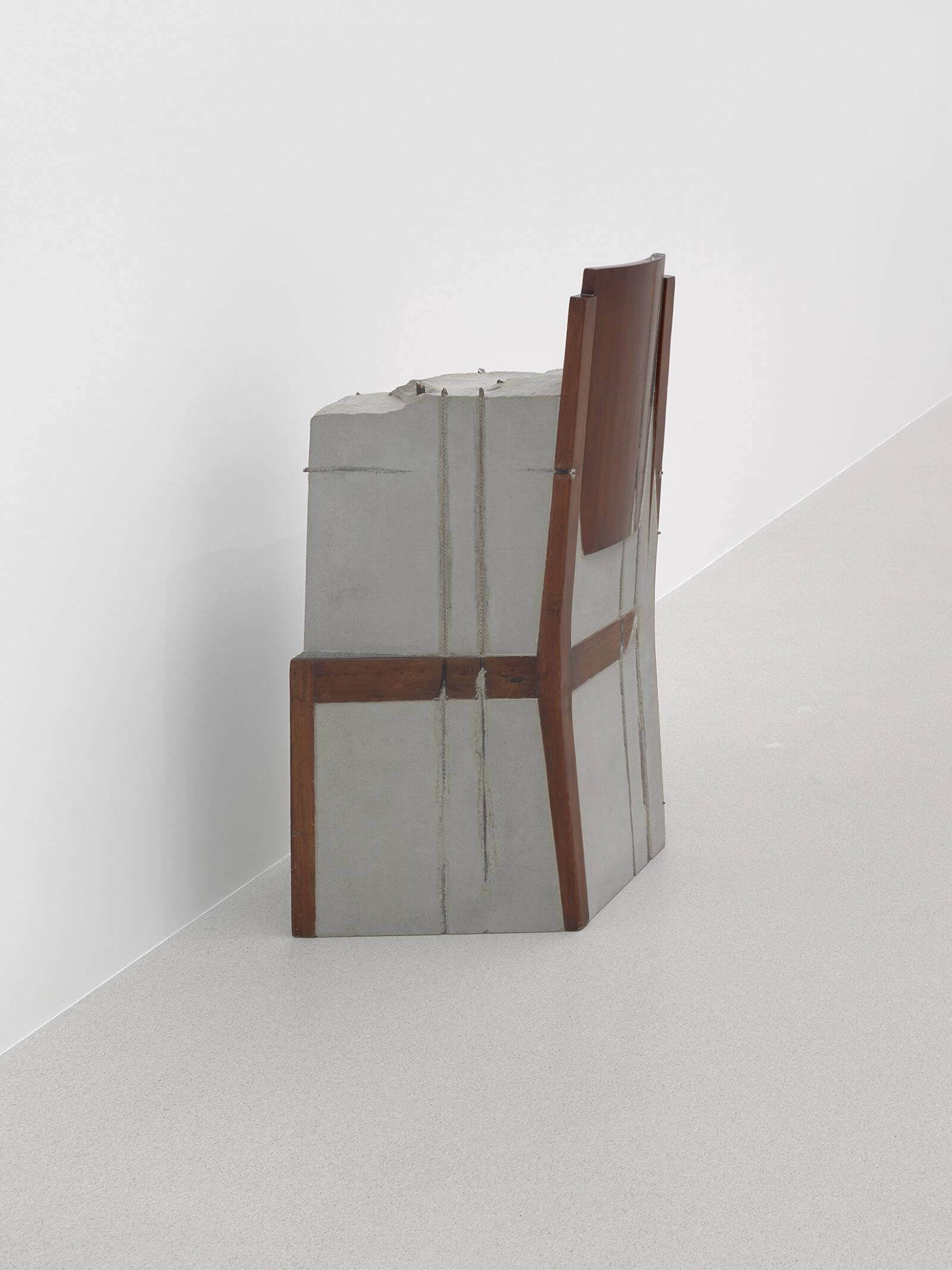
Doris Salcedo, ‘Untitled’, 2006
COURTESY: Doris Salcedo & Glenstone Museum / PHOTOGRAPH: Ron Amstutz
Also on show is a selection from the ‘Tabula Rasa’ series, for which Salcedo interviewed survivors of sexual violence in Colombia. The series of basic wooden tables have been worked on by the artist to give each piece a scarred quality, a reference to the emotional scars the victims are left with. The tables themselves then become an opportunity for renewal and redemption.
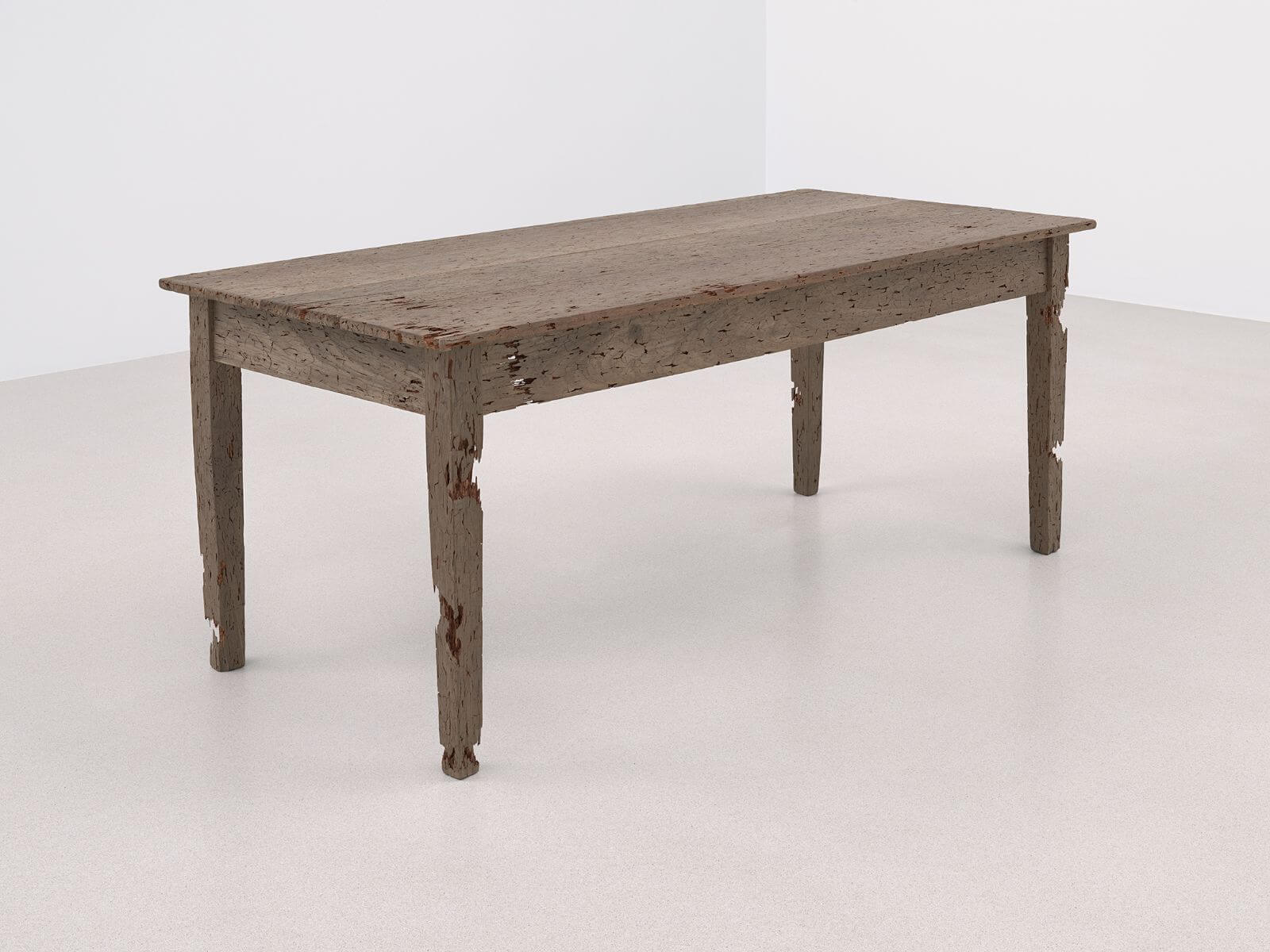
Doris Salcedo,’Tabula Rasa IV’, 2018
COURTESY: Doris Salcedo & Glenstone Museum / PHOTOGRAPH: Ron Amstutz
Although dealing with sombre issues, the exhibition, which was designed in close collaboration with the artist, does not feel heavy or oppressive. Perhaps because of the light-filled, expansive galleries or the sparseness of the installation, the overall feeling is one of lightness and a certain introspective beauty, like the release of a deep breath. As the artist herself once said, “If you want to dignify a human life, you have to come back to beauty, cause that’s where we find dignity.”
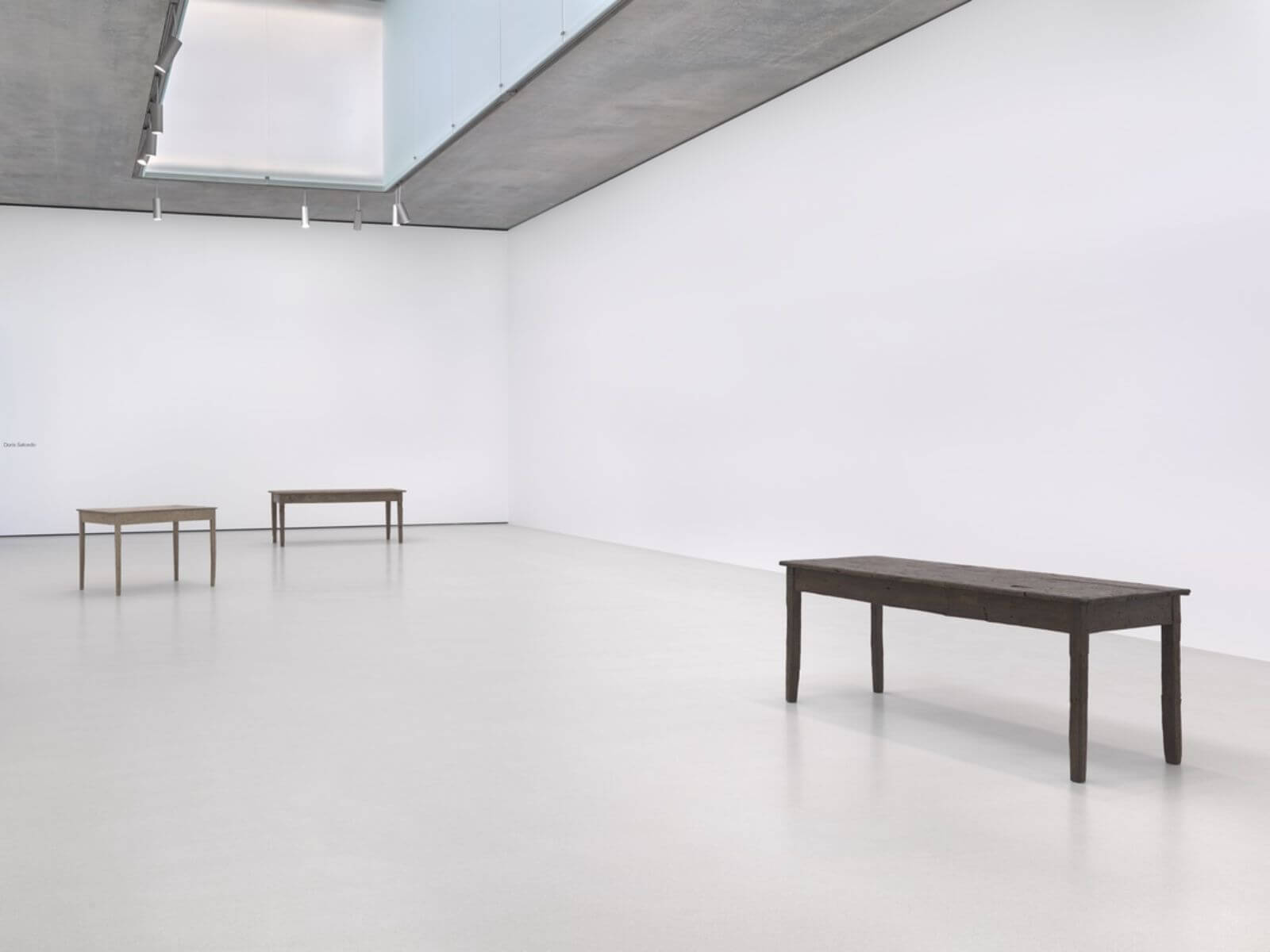
Doris Salcedo, exhibition view, Glenstone Museum, 2022
COURTESY: Doris Salcedo & Glenstone Museum
